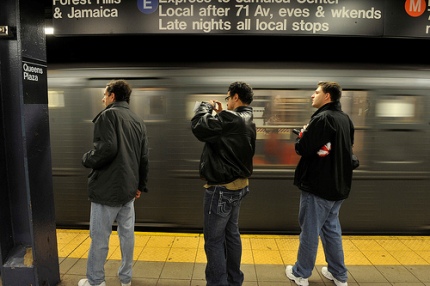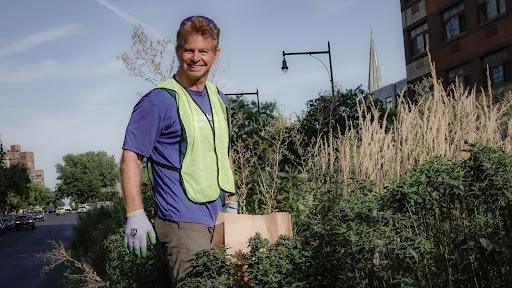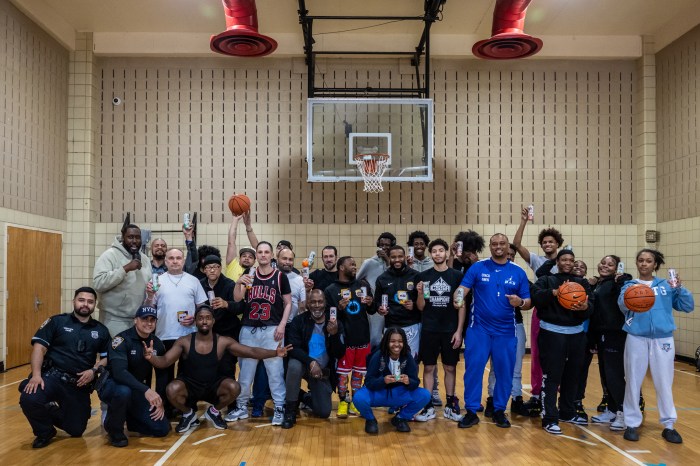Queens straphangers will have to hold on for a little longer.
The borough suffered a 17 percent spike in subway delays from 2011 to 2012, according to a new Straphangers Campaign report by the New York Public Interest research Group (NYPIRG).
Queens was the least improved in the city when it came to decreasing subway delays last year, the report said. The number of delay alerts jumped from 392 to 458.
Manhattan, which accounted for almost half of all citywide alerts, saw a 16 percent increase in delays over last year. The Bronx saw 17 percent fewer alerts over the same period.
An analysis by the Straphangers Campaign also found the F line had the most delays out of 20 citywide subway lines reviewed. The L worsened the most, with a 60 percent increase in delays.
The G, with 19 percent fewer alerts, had the fewest delays. It was also the most improved line, the report said.
“Thousands of New Yorkers rely on prompt subway service to get around the city on a daily basis,” said Councilmember and Transportation Committee Chair James Vacca. “Delayed trains are an ongoing issue citywide, and it becomes a major burden on straphangers who depend on reliable trains to get to work, school and other places throughout the city.”
Data from the survey were gathered before Sandy, during the first 10 months of 2012. The findings attributed most of the delays to unspecified mechanical problems.
“They swear the services are getting better, but it never does,” said commuter Julio Castillo, 23, of College Point. “I take the 7, F and E and occasionally the N or R from the city, and they all have their fair share of problems.”
Gonzalo Rojas, 65, of Fresh Meadows said traveling during rush hour on the weekdays is not a problem. But he said he’s brought to a halt on weekends.
“I work on Saturdays, and there are always problems with the trains being delayed with lines being changed or just stopped for some reason,” he said.
The analysis was based on the MTA’s free Email and Text Message Alert System, which informs users of incidents that will result in an at least eight-minute delay, NYPIRG said.
However, MTA spokesperson Kevin Ortiz said using the system “as a barometer of individual subway line performance does not paint a full picture of service issues.”
But he touted the mobile alert system, which launched in 2008, as an informative tool to get up-to-the-minute notifications.
RECOMMENDED STORIES
- Survey shows improvement in subway platform conditions
- 31 percent of riders have no love for MTA
- MTA plans upgrade to Lefferts Boulevard A train station

































